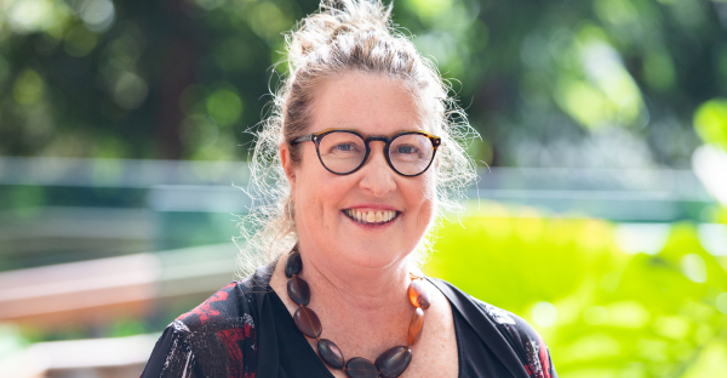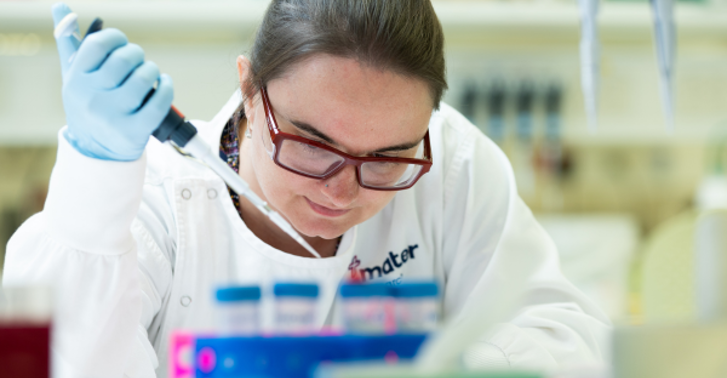
A new Mater Research study has found that higher rates of stillbirth and adverse health outcomes in baby boys may be linked to dysfunction in their mother’s placenta.
Previous studies have established that male babies face a significantly higher risk than females of stillbirth, as well as premature birth and serious neonatal health problems.
The Mater Research team, based at Mater’s South Brisbane health campus, examined placental tissue samples from women across Australia who gave birth to smaller than average newborns.
They found evidence that placental dysfunction – which causes babies to receive less oxygen and fewer nutrients – was increased for male babies born between the 10th and 30th birthweight percentiles but was normal for females in the same range.
The study, published in the journal Placenta, was led by Mater Research’s Queensland Family Cohort Lead Professor Vicki Clifton, with data analysis by Translational Bioinformatics Research Group Leader Associate Professor Adam Ewing.
Prof Clifton said babies affected by placental dysfunction often fail to reach their full growth potential in the womb.
“Dysfunction occurs when the placenta has reduced blood flow, increased inflammation and insufficient oxygen, known as hypoxia,” Prof Clifton said.
“Babies whose fetal growth has been compromised by placental insufficiency face a greater risk of adverse outcomes, including respiratory distress, asphyxia, stillbirth, neonatal death, and cognitive and neurological deficits and disability as they age.
“Our findings provide evidence that small male newborns may be at a greater risk of adverse outcomes than small females due to placental dysfunction.
“These are important findings as we seek to improve the health and wellbeing of women and their babies, and especially those male babies who face an increased risk of adverse outcomes.
“This study establishes the need for further in-depth scientific and clinical examinations of placental pathology for babies born in this birthweight range.”
Prof Clifton said the placentas of male babies do not adapt to changes and stresses in pregnancy as well those of female babies and that more research is required to fully understand the mechanisms behind this.
A separate Mater Research study published in the Australian and New Zealand Journal of Obstetrics and Gynaecology (ANZJOG)1, last year found that male babies have a higher risk of being born preterm and requiring instrumental or caesarean birth than female babies.
The study of more than 130,000 Queensland births found that boys are also at increased risk of mortality and being sicker immediately after birth.
The overall rate of mortality was, however, very low at 0.12% for male infants compared to 0.06% for female babies.
Brisbane mum-of-three Stephanie Hardy was diagnosed with fetal growth restriction 30 weeks into her pregnancy with baby son Luca.
She was referred to the specialist Fetal Growth Clinic at Mater Mothers’ Hospital and closely monitored until her baby was delivered in December 2023 at 37 weeks’ gestation and weighing 2.7kgs.
She said she had “no idea” that baby boys are more likely to face potentially dangerous placental complications.
“Luca is my third child. I didn’t have any issues during my pregnancies with either of my daughters,” Ms Hardy said.
"My placenta could have stopped functioning at any time, so the frequent monitoring gave me reassurance that he would be OK.”
Now five months old, little Luca is a thriving and healthy baby.
“At the start, it was taking him a few extra weeks to hit his milestones, but he’s doing really well now,” Ms Hardy said.



